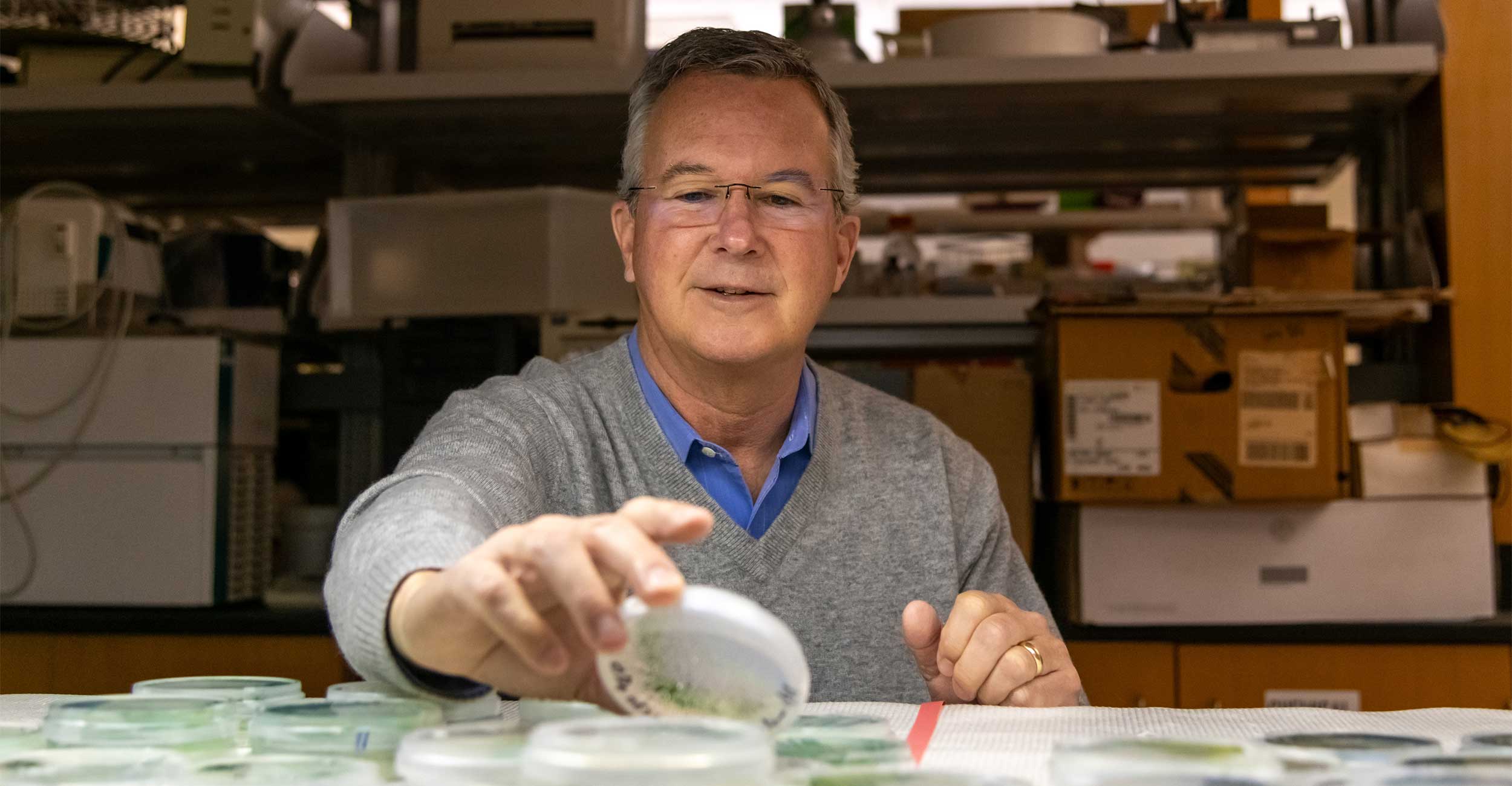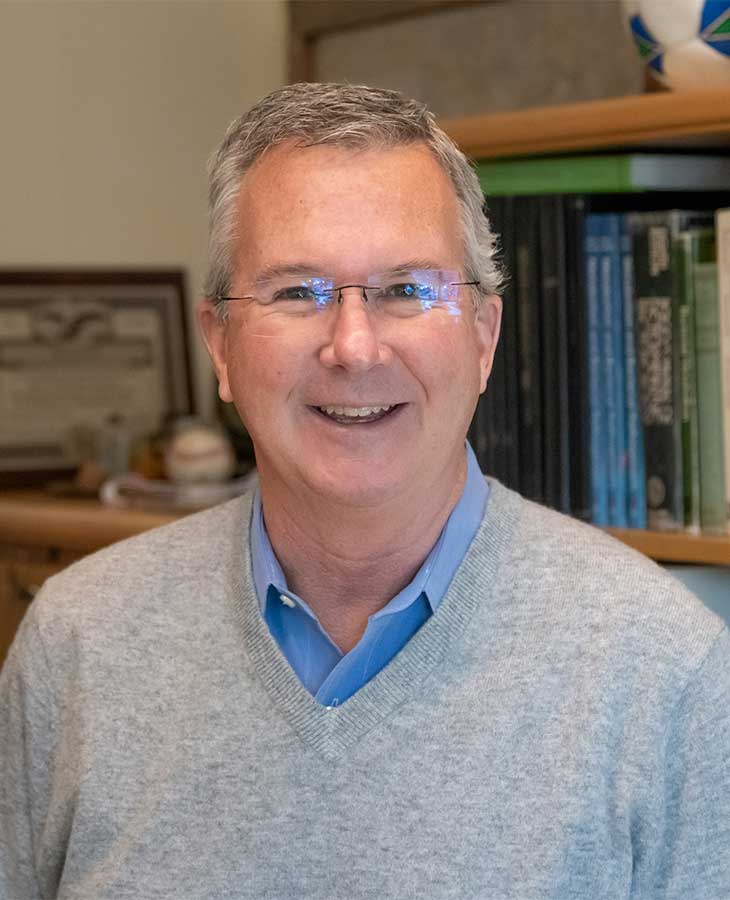
Conway publishes new E. coli research, adds to OSU’s microbiome work
Tuesday, February 20, 2024
Media Contact: Elizabeth Gosney | CAS Marketing and Communications Manager | 405-744-7497 | egosney@okstate.edu
Oklahoma State University Department of Microbiology and Molecular Genetics Regents Professor Dr. Tyrrell Conway has published a paper on nitrogen sources and the E. coli bacteria, work that correlates directly with his and OSU's roles in the recently established Oklahoma Center for Microbiome Research.
Conway's paper, titled “Nitrogen Assimilation by E. coli in the Mammalian Intestine,” is featured in the microbiology journal mBio, an open-access publication of the American Society for Microbiology that covers the sweeping nature of microbial research. The research presented in the paper aims to expand knowledge of nitrogen sources aiding in the colonization of E. coli bacteria.
“There are some 500 species of bacteria in the human gut microbiome and to coexist, each species must compete for nutrients,” Conway said. “We know that sugars provide carbon and energy to E. coli, allowing it to grow and persist in the colon. Carbon makes up approximately 50% of the atoms in E. coli and nitrogen makes up about 15% of its atoms. We set out to determine what nutrients are used by E. coli to compete for nitrogen.”
Conway was joined by then-Ph.D. candidate Dr. Sudhir Doranga in the lab to dive into what exactly serves as E. coli’s nitrogen source. He found that a single amino acid is primarily responsible.


“Nitrogen is as important as carbon for all organisms, as it is a constituent of cellular components,” Doranga said. “Nobody has analyzed how gut microbiota obtain nitrogen up to this point. We have been successful in determining the nitrogen sources utilized by E. coli in the mammalian gut and our research will hopefully help other researchers to conduct similar experiments with other organisms of interest.”
This project was funded by an NIH R01 grant and ties directly into work being done with a new $10.7 million NIH grant awarded to the university in February 2024 for the creation of the Oklahoma Center for Microbiome Research in January.
“I am excited about the work we are doing with this research and the new NIH grant to advance the One Health initiative,” Conway said. “My attention is focused on these new opportunities and continuing to position OSU as a frontrunner in microbiome research.”
Read Conway and Doranga’s paper online here. To learn more about the Department of Microbiology and Molecular Genetics at OSU, visit their website.
Story By: Erin Weaver, CAS Communications Coordinator | erin.weaver@okstate.edu
